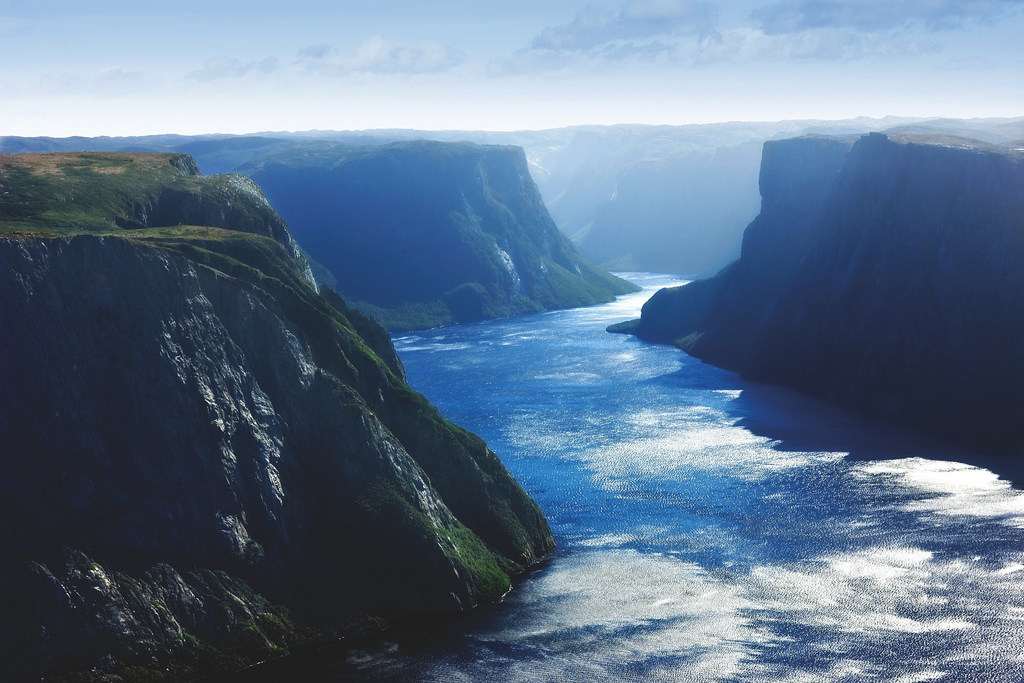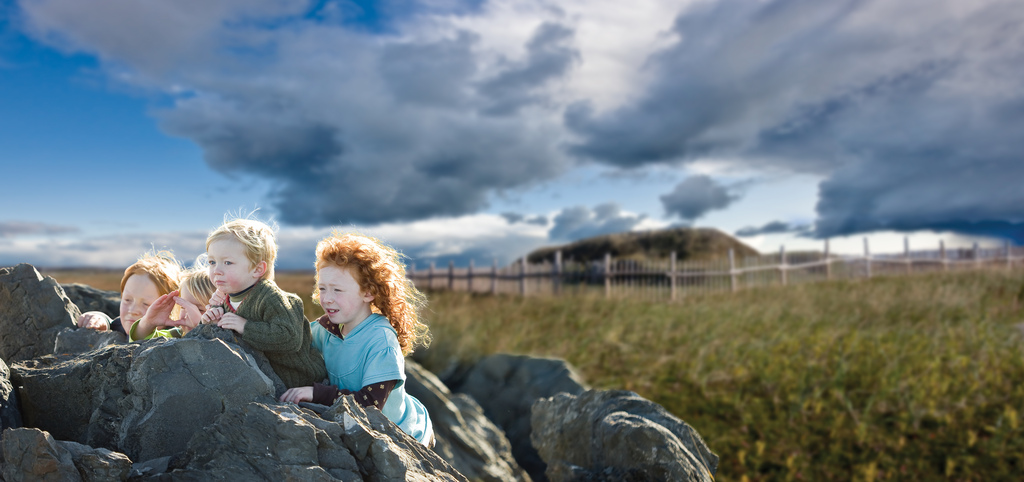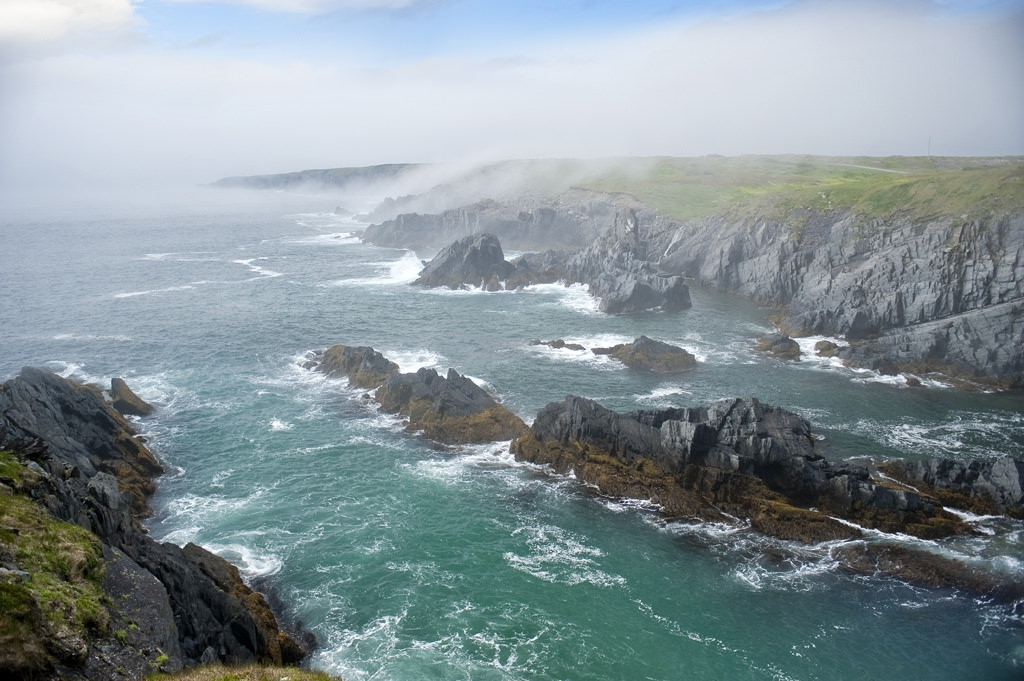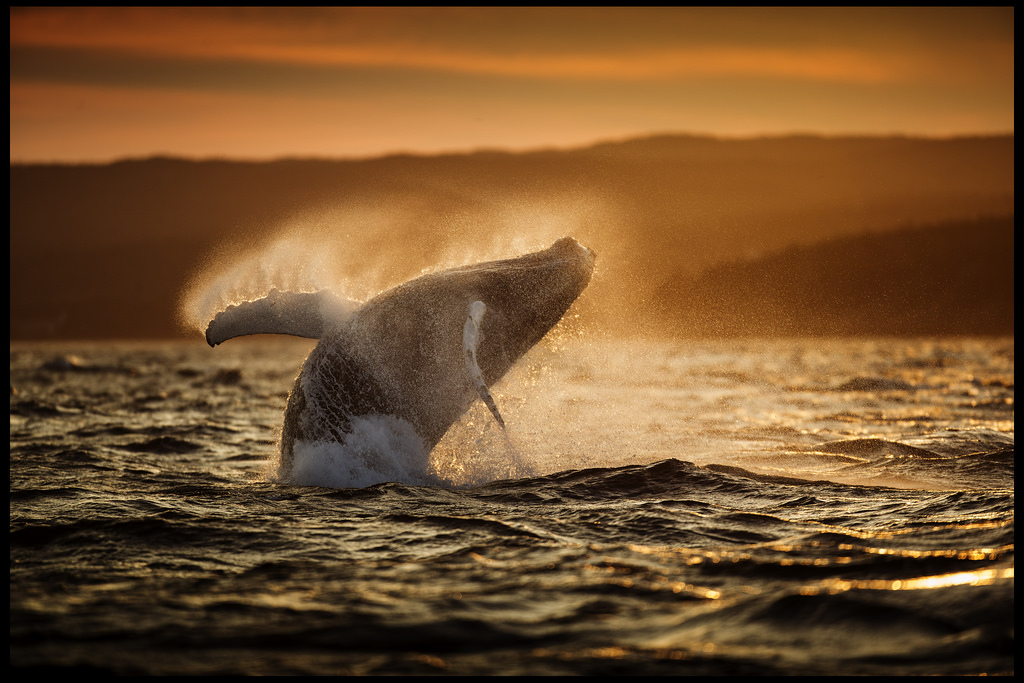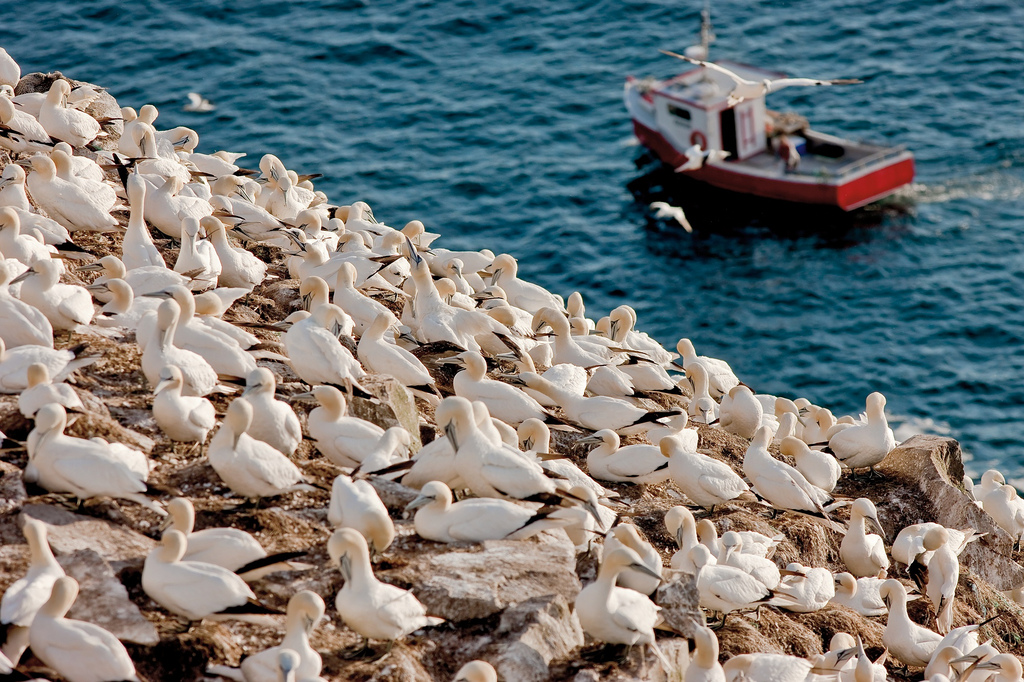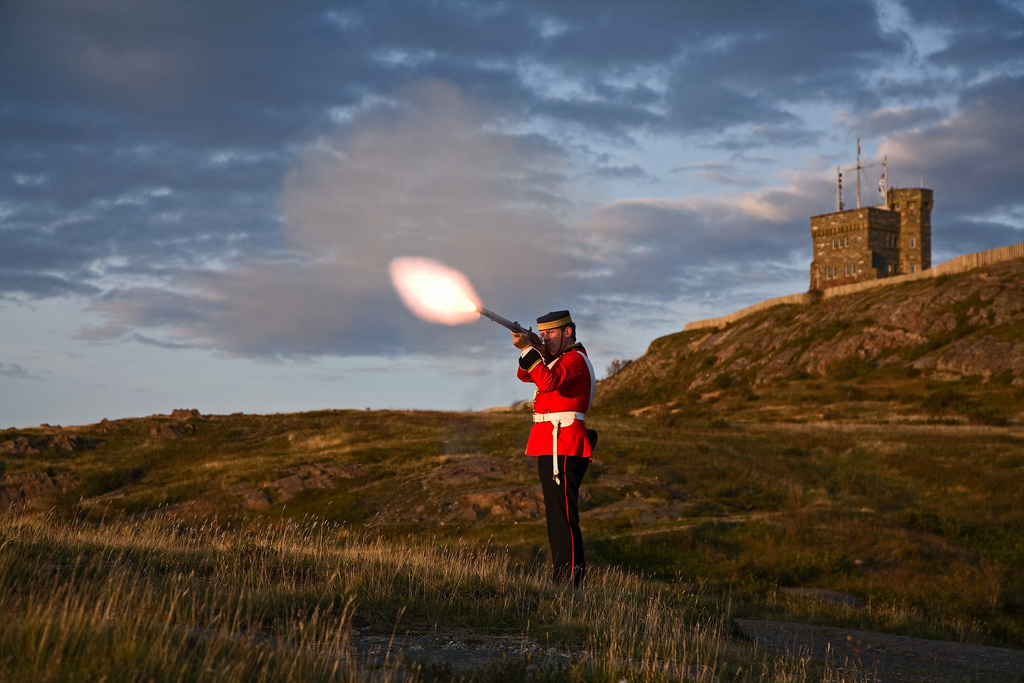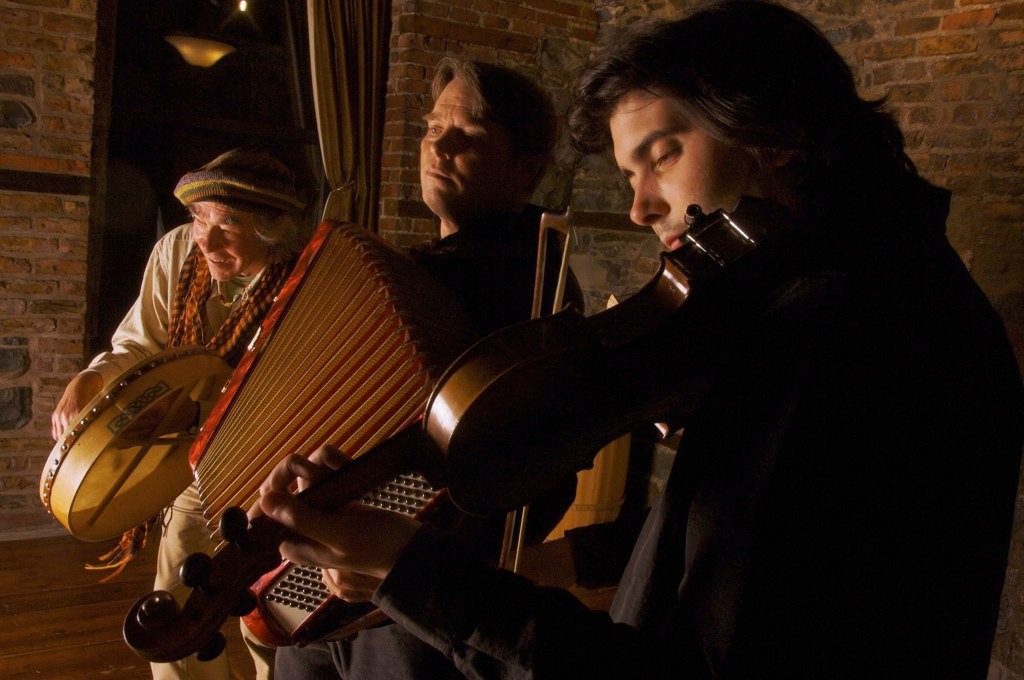St. John's, NL
St. John’s is a vibrant, friendly city with plenty to do in the summer. It is North America’s oldest city, having been established as a seasonal fishing port in the 1500s, and has a somewhat quirky character of colourful (literally) houses, historical landmarks, and stunning scenery. We recommend taking a couple of extra days to visit.
For more ideas of things to do, you might like to visit Destination St. John’s or Newfoundland & Labrador Tourism. There is also a Visitor Information Centre at the airport to get your visit started!
Signal Hill, topped with the Cabot Tower, is a National Historic Site overlooking the city and holds a special place in the history of telecommunications as the site of Marconi’s reception of the first transatlantic wireless signal in 1901. Nearby is Cape Spear, North America’s most easterly point and home for generations of lighthouse keepers and their families. It is now a National Historic Site with a restored lighthouse and easy walking trails and boardwalks around the rocky cape.
In downtown St. John’s, one can stroll along the docks of the harbour front or wander into the numerous shops along Duckworth and Water Streets where visitors can see the creations of Newfoundland artisans specializing in silk painting, hand-knitted sweaters, and pottery.
Newfoundland
Newfoundland is a large rocky island off the east coast of the Canadian mainland. Known for its rugged scenery, the down-to-earth charm of its people, its distinctive wildlife, and its unique culture and history, Newfoundland is a popular destination for Canadian and international tourists.
The island of Newfoundland is outlined with a rugged coastline of steep cliffs and rocky beaches. The coast’s numerous bays and coves are dotted with small communities called “outports”, a few still only accessible by sea. The largely unpopulated island interior is a mixture of trees, rocks, ponds, and bogs. Its rugged geographical features combine to give Newfoundland some of the best camping and hiking found anywhere. For example, on the east side of the Avalon peninsula, the East Coast Trail winds its way past beaches, cliffs, and seastacks, with vantage points to see whales, puffins, and bald eagles. All this within a few minutes drive of St. John’s!
For those with a few days to rent a car to explore the island, there are many must-sees including the historical pageant of Trinity on Bonavista Bay, the bird colonies of Cape St. Mary’s, and the spectacular fjords and ancient mountains of the island’s west coast. The really ambitious might want to visit L’Anse aux Meadows, at the very northern tip of the island, site of the first Viking settlement in North America. On the way, a visit to Gros Morne National Park is well rewarded by spectacular vistas, incredible hiking and camping without the crowds of some of Canada’s other well-known National Parks.
Climate
Just off the coast of Newfoundland lies the point where the warm waters of the Gulf Stream mix with the arctic waters of the Labrador Current and the result is a climate like no other in Canada. Absolutely everything in Newfoundland - the history, the economy, the culture, and even the humour (good humour, that is) of the people - is influenced by the weather. Renowned for its rain (the most in Canada), fog (the most in Canada), wind (the most in Canada), and snow (up to 20 ft in one year), Newfoundland breeds heartiness into its inhabitants.
It would be enough to make the weak cry but somehow most Newfoundlanders seem to be able to smile and laugh about it, predicting that, no matter how good or bad the weather is currently, it will always get worse! Fortunately, although summers are cool and short - usually just July and August - they are very pleasant and experiencing the clean, fresh breezes off the ocean during this time can be exhilarating.
Wildlife
One of the great tourism draws to the island is the distinctive and accessible wildlife that Newfoundland has to offer. Whales and seabirds can be spotted from the shore or, for a more close-up look, numerous whale-watching boat tours are available. During the summer, in the southern part of the Avalon peninsula, it is common to see caribou from North America’s southern-most caribou herd wandering leisurely across the road!
People and culture
For centuries, most Newfoundlanders earned sustenance working in the cod fishery. It was a hard life, food was scarce and luxuries few. Fortunately the people were resilient and the community spirit of the outports was strong. Today, Newfoundlanders are well known within Canada for their good cheer and hospitality. Many people speak with a unique accent, passed down from their Irish and English ancestors from centuries past. Be prepared to listen quickly because Newfoundlander’s speak at a very rapid pace, although they usually slow down for “CFAs” (def. come-from-aways) or “mainlanders” (def. anyone not from Newfoundland).
The primarily English and Irish roots of Newfoundland’s first European settlers are the foundation of its cultural heritage. However, centuries of life in isolated, hardworking outport fishing communities have permuted Newfoundland into its own unique cultural identity. Certainly, like nothing seen elsewhere in the western hemisphere, Newfoundland culture is steeped in folklore, typically preserved through its English and Celtic folk music traditions. Today, many Newfoundland musicians continue to perform this traditional music, some, having successfully fused it with more modern pop culture, have received national and international success.
